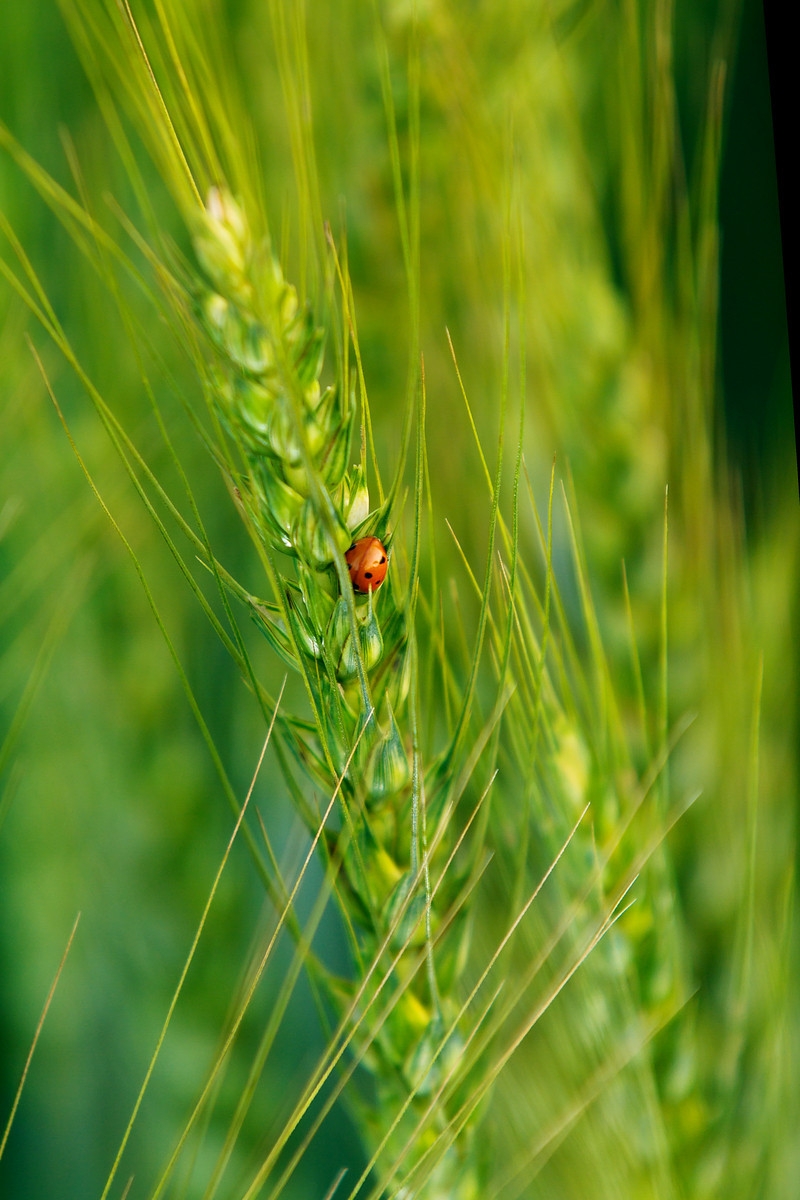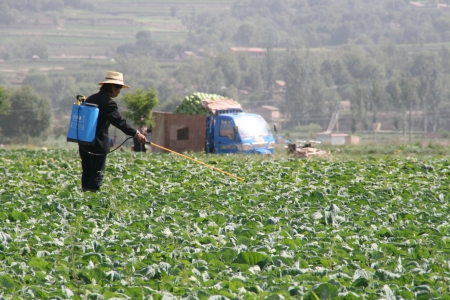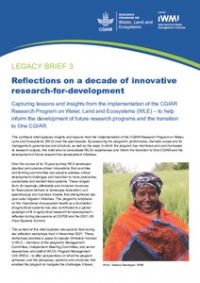
A major opportunity exists in China’s recently announced massive farm investment: it could shift the country’s agricultural systems toward more sustainable agricultural development. To meet future food security, poverty reduction, and sustainability needs, new farm investments must prioritize the health of people and ecosystems. Crop protection against herbivory damage represents a classic case of multiple tradeoffs between food production/farm income, environment, conservation, and health involving multiple layers of decision-makers in shared landscapes, as well as the kind of thinking and new approaches needed to seeking solutions. Particularly, human’s desire to fight against biotic stress (which is reinforced by the indiscriminate use of pesticides) can have detrimental impact on human health and the environment but its management also relies on decisions made both at the farm scale and the larger landscape scale.
Chinese farmers’ awareness and knowledge about natural enemies of crop pests and the services they provide is alarmingly low, a phenomenon not uncommon in developing countries—click here for another example. This is a major missed opportunity: natural enemies of crop pests could add significant value to society. A forthcoming paper by Jikun Huang and others finds that that doubling the ladybeetle densities over two thirds of the Chinese cotton acreage is estimated to increase farm income by more than 300 million USD; as it stands, the value of biological control is diminished by the excessive and sub-optimal use of insecticides.
Clearly, there is a strong economic case for employing policies to move the pest control system toward a more ecologically-based regime, with positive consequences for both farm income and environmental health. Raising awareness among Chinese farmers and policymakers of the costs and value of pest control ecosystem services versus chemical insecticides is a priority toward achieving a more ecologically-based approach to crop protection on smallholder farms.
Research demonstrates that increased landscape complexity typically correlates with higher natural enemy populations and enhanced pest control in agricultural landscapes. However, land management techniques that encourage biodiversity also carry costs for farmers. In particular, uncertainty in crop yields due to pest damages, as well as the need to coordinate pesticide use with neighboring farms, can be important obstacles to establishing the longer-term public good of natural pest regulation.
Paying farmers presents one possible route forward. Current thinking on promoting ecosystem services suggests that payments or other economic incentives are a good fit for the promotion of public good ecosystem services such as pest regulation, but new findings from a framed field experiment implemented in Cambodia and Vietnam suggests that different contexts are not poised equally to benefit from incentives promoting services, and in fact may be left worse off by payments schemes.
As the study and practice of payments for ecosystem services (PES) programs grow, this finding provides an important qualifier on recent theory supporting the use of payments to promote public good ecosystem services. As in many such situations, more is often but not always better; the balance of non-crop habitat and cropland that maximizes benefits is not obvious from the outset, nor is the appropriate level of encouragement to achieve it.
Group-level characteristics have important roles in explaining how decisions by individuals are made regarding cooperative action in a shared landscape—the decision of whether to adopt greater use of non-crop habitat has more to do with others in the farmer’s local area than the traits of the farmer him or herself. Therefore, traditional focus on farm-level technical support in integrated pest management efforts needs to be complemented by innovative collective institutions and approaches to provide the right group-level incentives for cooperative management.
China’s new agricultural investment plan presents a tremendous opportunity. As long as the government is determined to curb agriculture’s environmental footprint and improve ecological functions, the investment plan will have a significant impact on the sustainability of agriculture. Changes in land use can profoundly alter landscape patterns and ecosystem functions, ultimately compromising the provision of ecosystem services. It is paramount for policy makers to closely monitor land use change (including habitat loss) as result of agricultural investments, and assess the potential consequences on ecosystems critical to human wellbeing.






/index.jpg?itok=EzuBHOXY&c=feafd7f5ab7d60c363652d23929d0aee)










